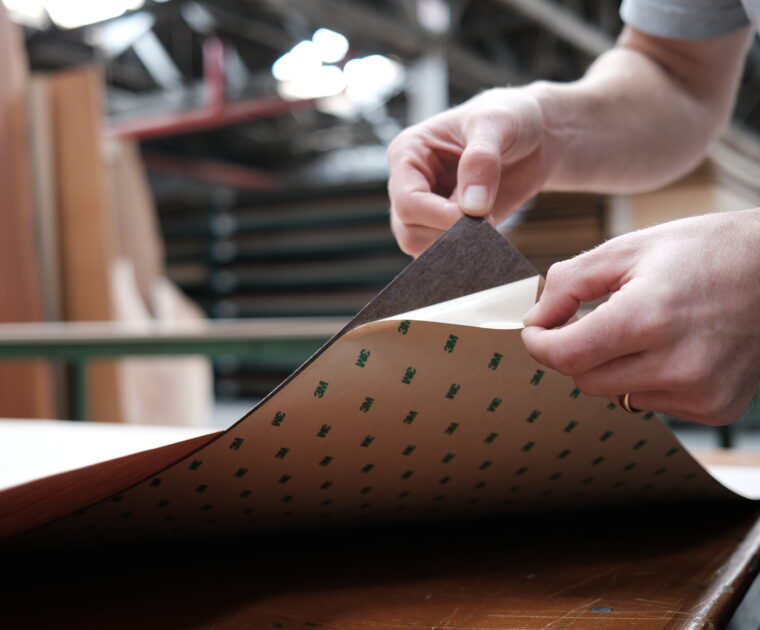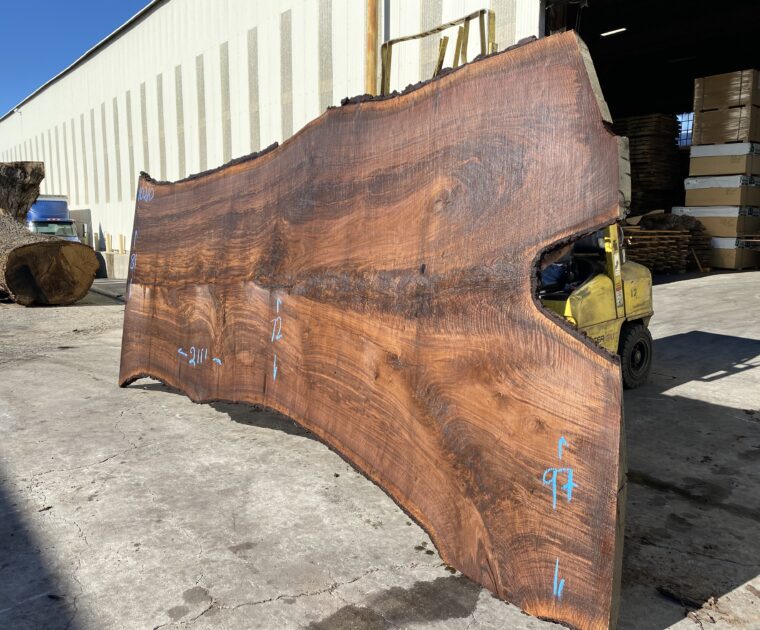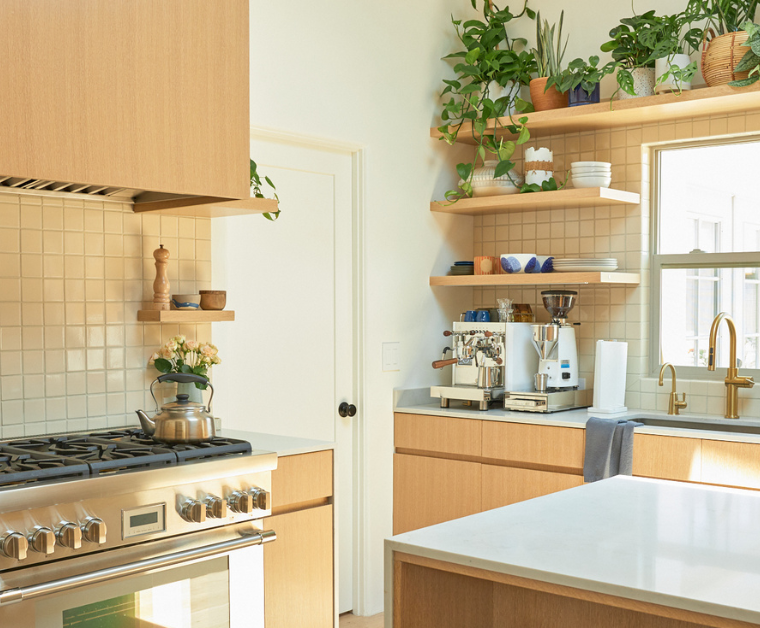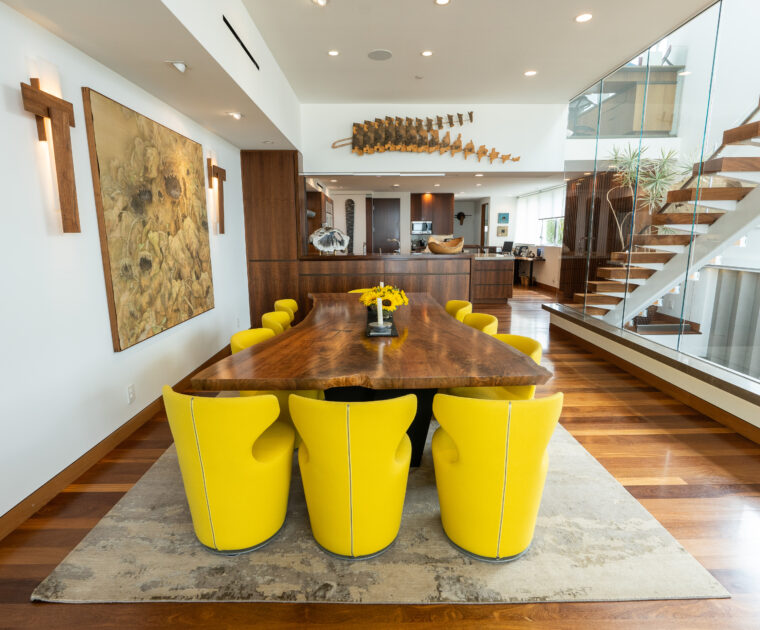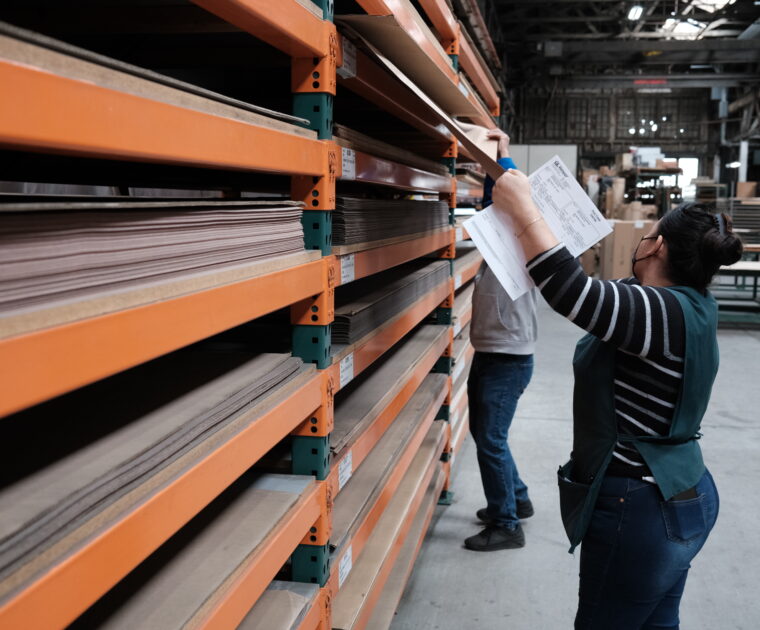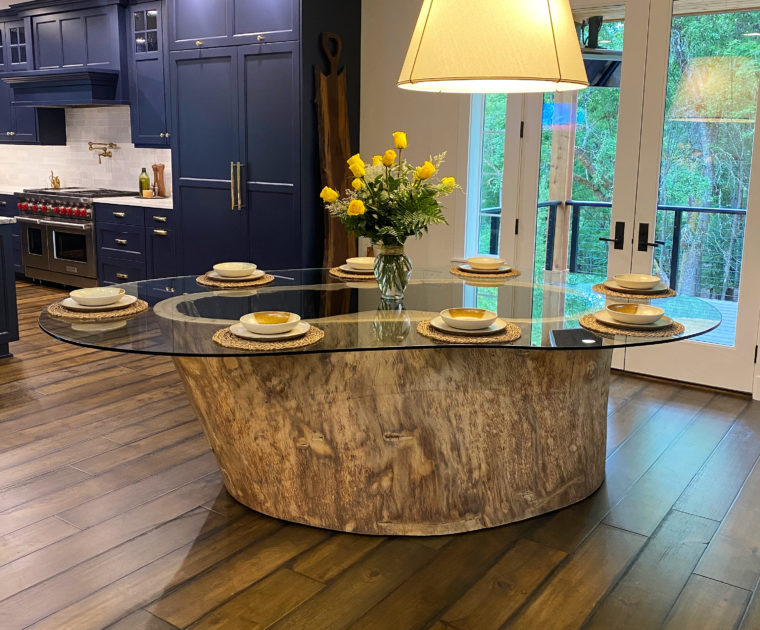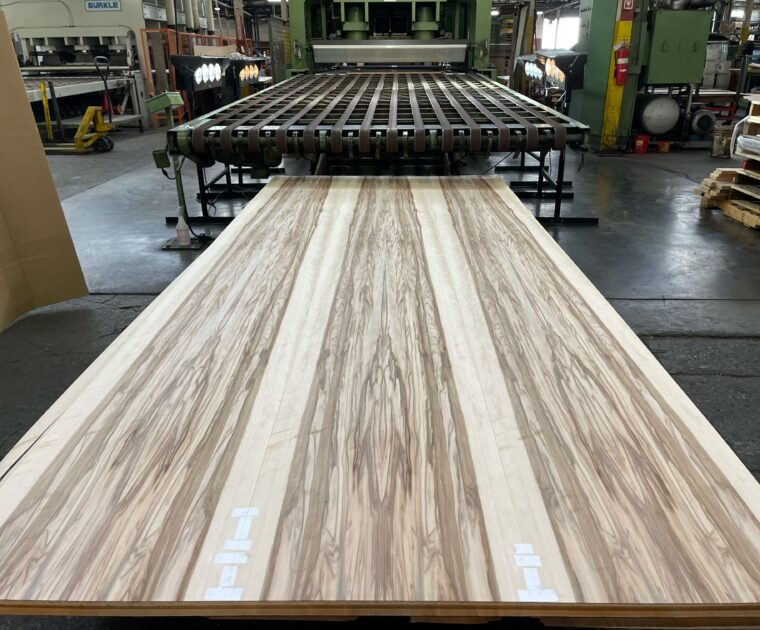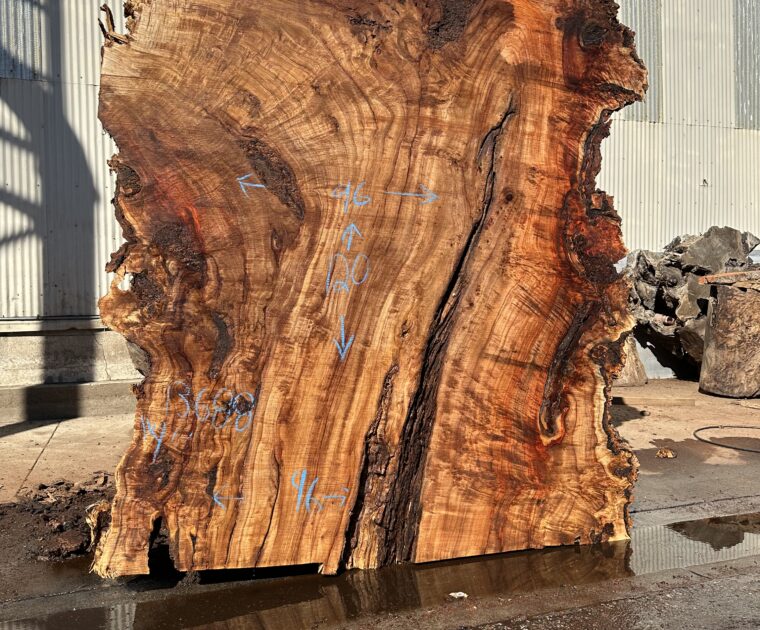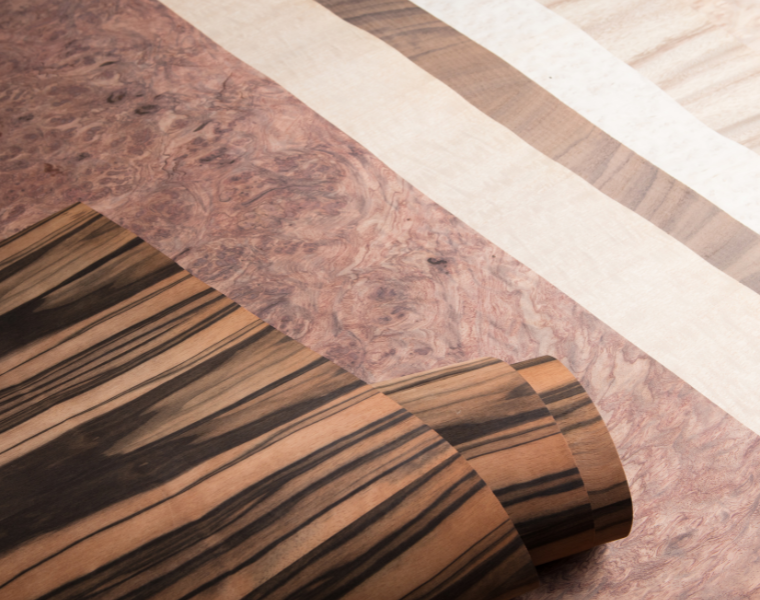Pick any place — your home, office, or restaurant. When you add a live edge table to any interior, you instantly infuse it with natural “outdoor” beauty. And create a piece of unique furniture, that if properly cared for, you’ll enjoy for generations. Granted, it goes without saying, to create a quality product you need to start with a quality piece of wood.
Sourcing Quality Wood Slabs
For many people looking to make a beautiful piece of live edge furniture, that’s where the challenge begins — not everyone knows what to look for in a quality live edge wood slab. Fortunately, GL Veneer does. And we’re here to help, with this Log Blog offering some initial insight to kickstart your knowledge and confidence.
Let’s begin with two important, overarching points:
- There are more live edge slabs available today than ever before (but rest easy, there are also more trees)
- Quality wise, all wood slabs are NOT equal — even if they’re the same species or look the same online
Add those two facts together and it’s easy to see that, while there are a lot of sources of live edge slabs today, not all of them are worth the investment. The material you buy could easily fall short of your expectations as the table/furniture owner – leading to buyer’s remorse and disappointment – or hurt your reputation as a woodworker or furniture designer.
So, before investing in any live edge slab, it’s best to have a “know before you go” approach in the shopping phase. What follows are the most important things we think you should know.
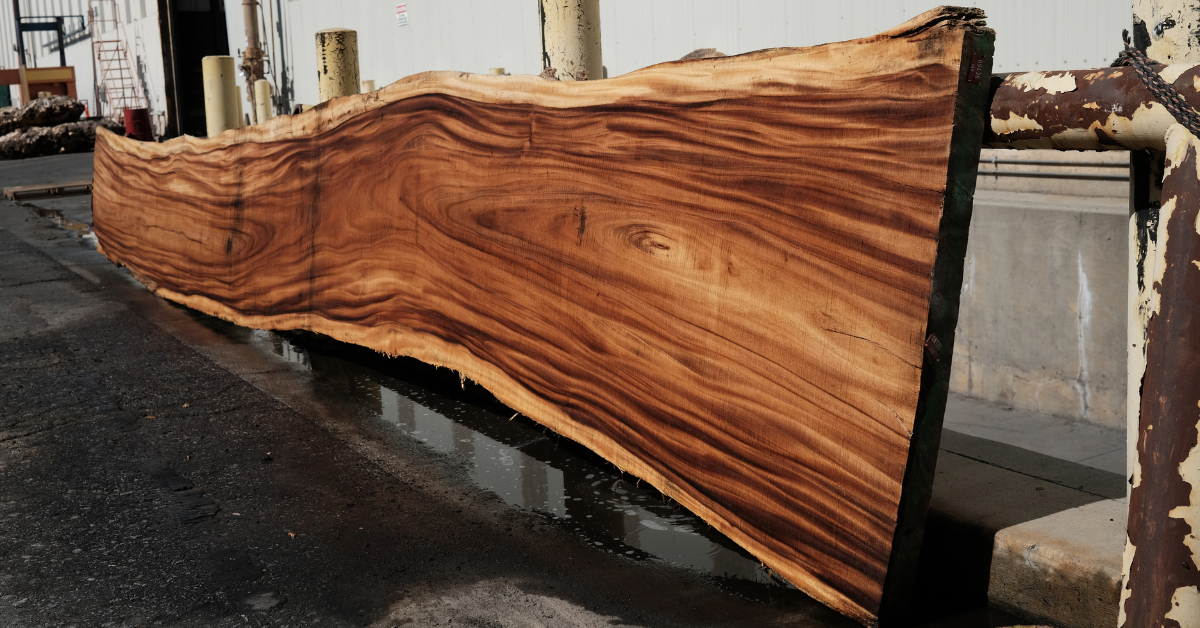
What to Consider When Buying Live Edge Slabs
Picking out a live edge slab can be fun. There are all kinds of shapes, colors, and species to consider. Different grain and texture types. Even amazing stories and histories attached to certain trees. And these days, finding live edge slabs is pretty easy. They seem to be everywhere, from Craigslist and Facebook to online marketplaces and established sawmills.
However, “readily available” and “product quality” don’t always equate. The unfortunate truth is some of the places you can buy live edge slabs don’t ethically source their logs, and once they harvest and cut them, they don’t adequately dry and store the slabs. Obviously, this can compromise the integrity and quality of the slab you might be considering.
And if you’ve done your research, you know live edge projects aren’t cheap — the cost of many of these slabs can range between $1,000 to $20,000. For a single piece of wood, that’s a genuine investment. Which makes integrity and quality non-negotiable.
So understanding what distinguishes a “high-quality live edge slab” from average material is super important. As are the questions you should be asking when sourcing one for yourself. At a minimum, get the answers to the following three questions before buying any live edge slab:
- How have the Slabs been Stored?
- Are the Wood Slabs Properly Dried?
- How Thick are the Wood Slabs?
How have the Slabs been Stored?
No matter what species, after a log is milled and cut, it’s imperative to immediately stack all the wood slabs – separating each with small sticks – in a dry, level, protected space. The purpose of the sticks is to allow air flow between the slabs, an essential element for the air-drying process. At GL Veneer, we use small 1”x1” sticks between each slab, placed every 16” or so along the length of the slabs. By supporting the slabs this way and stacking them on top of each other, the combined weight of the stack helps keep each individual slab nice and flat.
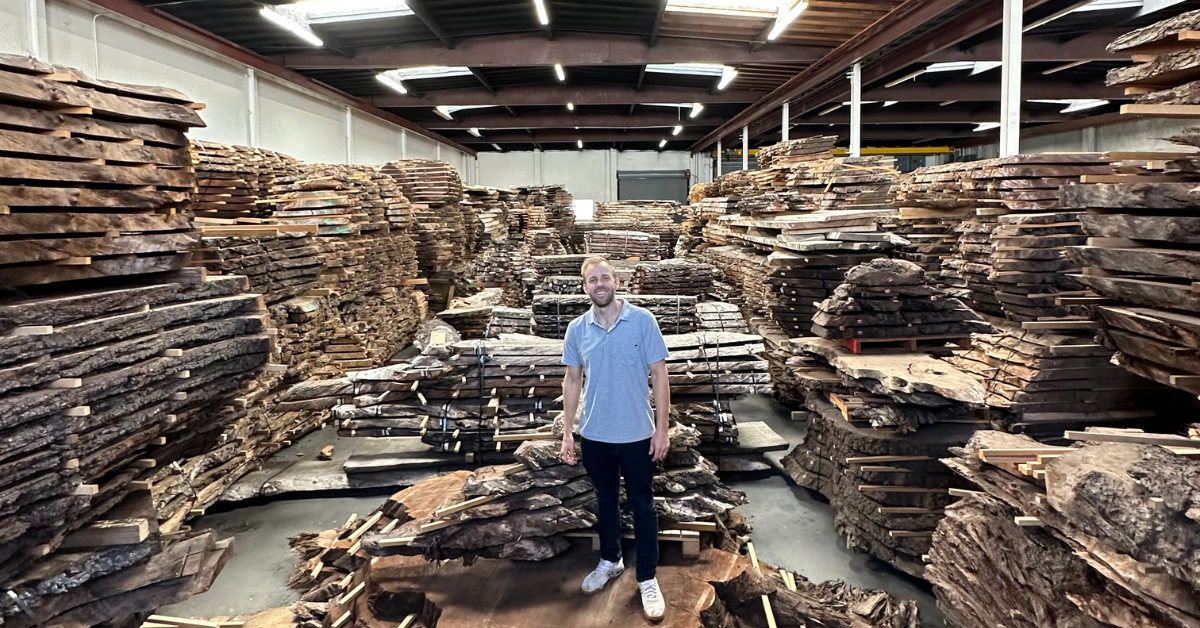
Are the Wood Slabs Properly Dried?
Moisture in live edge wood slabs is every woodworker’s worst nightmare. Wet slabs CANNOT be used for interior furniture. At all. Ever. Because the moisture will compromise the integrity of the slab – and your furniture design – leading to a deconstructed piece over time.
So, taking the proper steps and measures to ensure that a live edge slab is appropriately dry isn’t just important to us, it’s required. Unfortunately, not everyone shares our viewpoint. For many sources of live edge slabs, drying is often one of the most overlooked steps in the process. And the resulting problems can be devastating — warping, twisting, cupping, and splitting often occur when moisture is released from the wood over time. Even after your furniture piece is completed and in your home.
As a rule, furniture-grade wood needs to be dried down to approximately 8-to-12% moisture content. And at GL, we pride ourselves on achieving this level with patience and expertise. When shopping for live edge wood slabs, ask the seller:
- What is the slab’s moisture content?
- How was the slab stored during the drying process?
Which brings us to another important point. There are several methods for drying live edge slabs — air-dried, kiln-dried, and our preferred approach, a combination of the two. Just remember, “air-dried” is NOT the same as “kiln-dried.” So, it’s important to understand the distinctions between the two ways a supplier should be drying their wood slabs
Air-Dried: After milling a tree, the resulting slabs (stacked and separated for air flow) should be air-dried for an average of 1 year for every 1” of thickness of the slabs. (i.e. 3 years for a 3”-thick slab, 1.5 years for a 1½”-thick slab, etc.) This will allow the moisture in the wood to be released slowly and naturally over time before the slab is finished off in the kiln. Otherwise, if wet wood is put in the kiln right away, the moisture will release too quickly, often resulting in dramatic degradation in the wood material. Ideally, we want the wood to release moisture and cure slowly to minimize the impact of the kiln-drying process on the wood. Proper air-drying accomplishes this.
Kiln-Dried: After any live edge wood slab is air-dried, it should be dried in a kiln for about 1-3 months, depending on the species. Kiln-drying reduces the moisture in the wood even further to a more optimal, workable level. Because the kiln is a controlled environment, it allows for more precise management of the two most crucial factors — proper airflow and temperature. Using the kiln’s exhaust fan, the humidity inside the kiln can also be regulated to optimal levels. At GL Veneer, we combine the technology of our 12,000 board ft. kiln with RF (radio frequency) probes that we drill directly into the wood for the most advanced kiln-drying process. We’re able to observe water movement inside the wood and monitor it remotely through the computer system. This critical data allows us to fine-tune our approach through the entire kiln-drying process — a level and attention to detail rarely achieved by other suppliers.
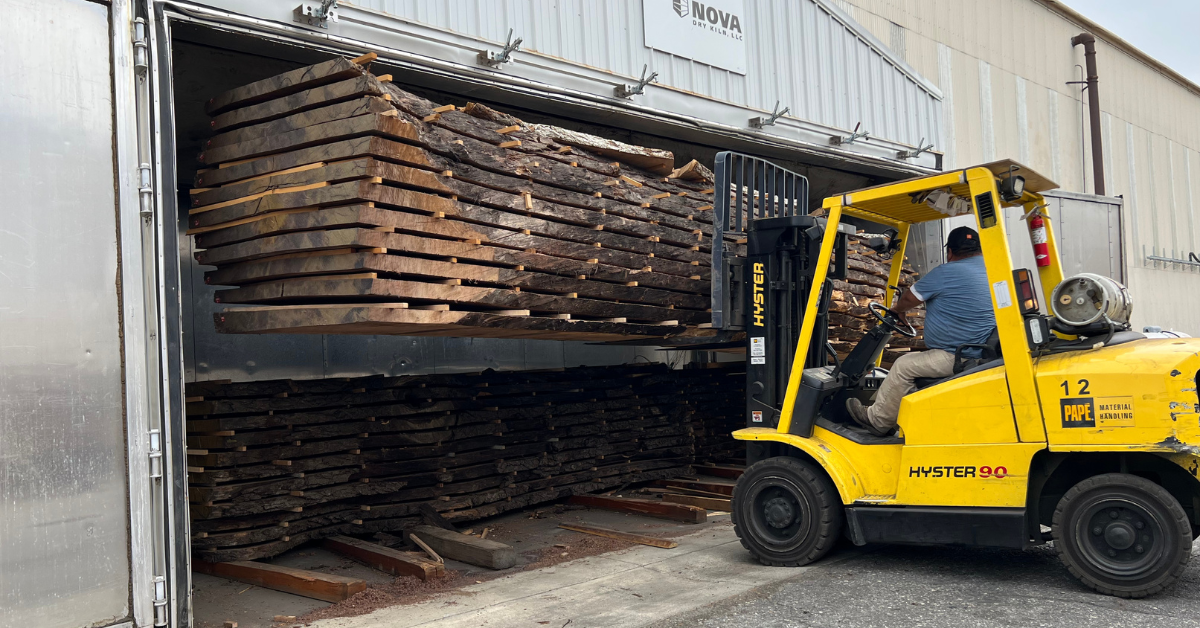
How Thick are the Wood Slabs?
Thickness is one of the most important factors to consider when researching high-quality live edge slabs. A finished live edge table could be as thin as 1.5” to 1.75”, but the optimal thickness you want is 2” or more, especially for wider pieces requiring greater strength and stability. For a slab to be flattened before being crafted into a table, it must be planed and sanded — a process that greatly reduces the thickness of wood. Taking this into account, GL Veneer mills all of our raw slabs to be 3” thick, resulting in thicker, finished “net” slabs once the flattening process is done.
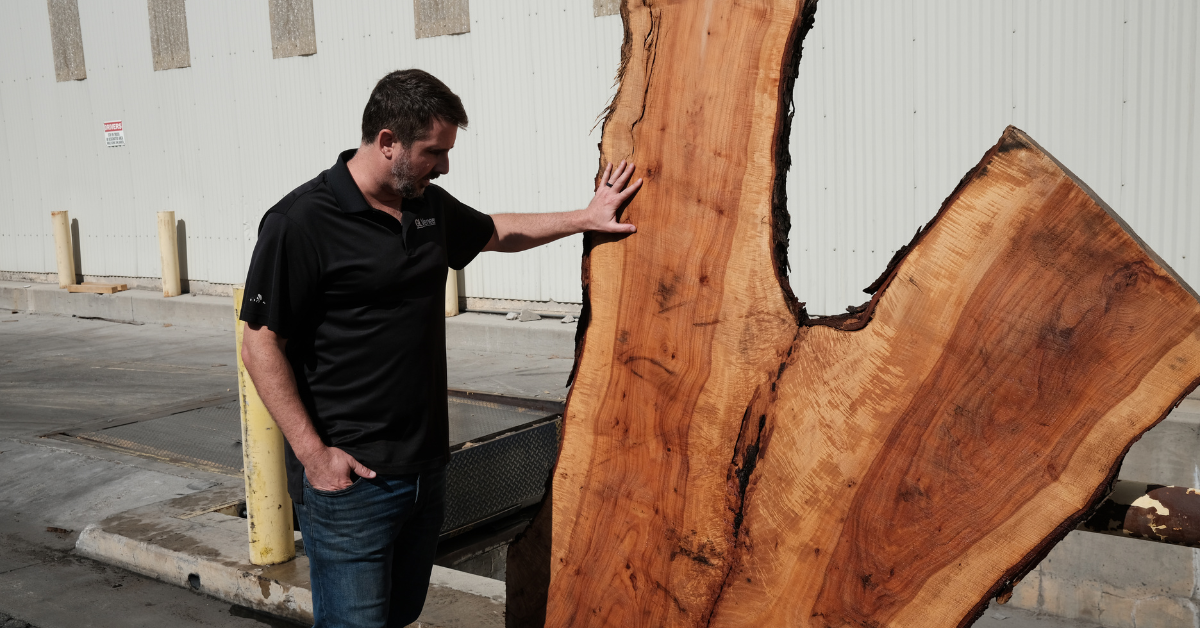
Most Expensive Live Edge Slabs
So far, you’ve learned high-quality live edge slabs need to be cut to an optimally workable thickness, then properly store and dried. But after those fundamental considerations, what makes a live edge slab truly special?
Interestingly, what you’re looking for is a true paradox. The exquisite natural beauty of any live edge table isn’t defined by its perfection, but by its imperfections. All the knots, nicks, cracks, and holes – all the character, all the “unlike-anything-else-ness” – is what you want to see, not avoid. Because those imperfections create a degree of natural beauty that can’t be replaced or reproduced, thus making the wood even more valuable and worth every dollar you invest in it.
Listed here are a few elite examples of “perfect imperfection,” some of most sought-after species of live edge slabs, and why each stands out above the rest:
Brown Ebony
Ebony slabs are some of the most valuable, revered species around the globe. Which makes them among the most expensive. While Black Ebony has become even more difficult to acquire since being placed on the endangered species list, Brown Ebony is an impressive substitute. Growing much more prolifically, this South American variety of Ebony isn’t very widely known. But we’re looking to change that. Featuring a signature light-and-dark variegation and black striped figure, Brown Ebony is a genuine hardwood “treasure” species, perfect for any live edge table.
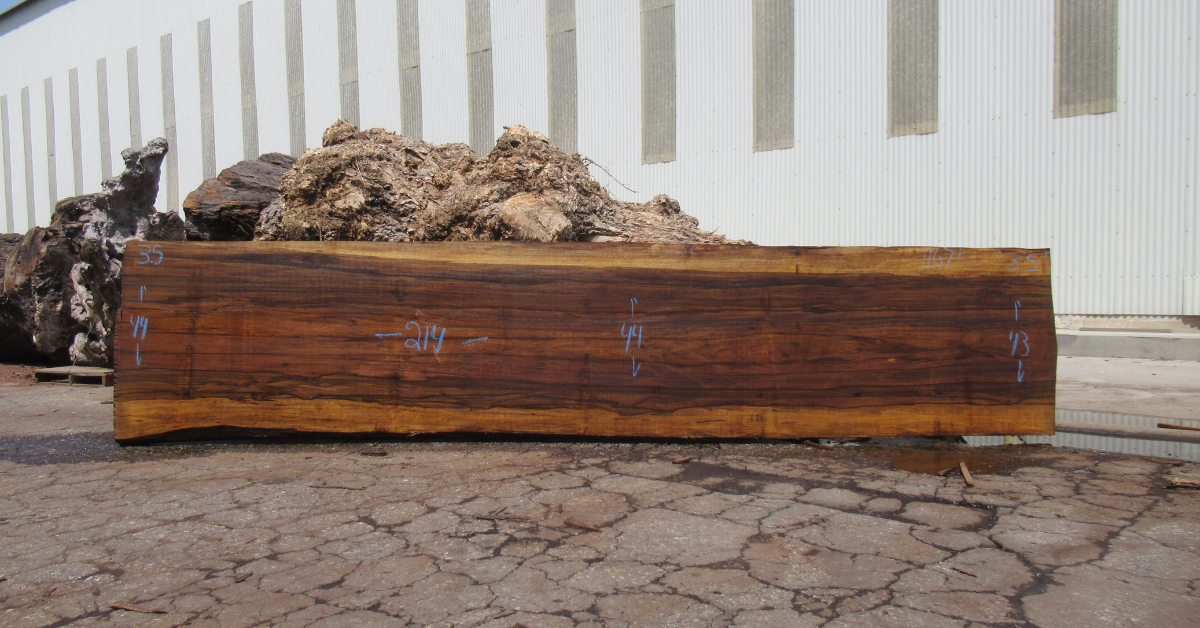 Bastogne Walnut
Bastogne Walnut
Extremely beautiful, the California native Bastogne Walnut is a local exotic wood featuring jaw-dropping marbled grains. Driven by its scarcity and gorgeous look, it’s also one of our most expensive live edge wood slab species. In general, Walnut features the darkest texture of domestic trees, its rich dark color standing out elegantly in any design motif — with Bastogne Walnut being the epitome of this dramatic effect.
 Buckeye Burl
Buckeye Burl
Buckeye Burl’s signature bluish/black grain results when the wood starts the decaying process underground. While every slab will display varying amounts of this one-of-a-kind appearance, it’s almost always present in the wood. And almost always contrasted by a golden yellow color in the grain. The resulting “melted” blend of Buckeye Burl’s unique colors creates a visual effect in the wood unlike any other in the world. Found almost exclusively in the Sierra Nevada foothills of California, most of the wood salvaged from these trees – and their characteristic burls – grows underground, creating the challenge of not only find the material, but digging it up.
Claro Walnut
One of our favorite trees, Claro Walnut is another native California species. Known for its highly figured grain, it features a rainbow of bright, vibrant colors created by the mineral-rich soil the trees grow in. Unlike any species of Walnut in the world, Claro Walnut has understandably captivated the woodworking and design community. We currently have nearly 200 Claro Walnut slabs in our online inventory. Click the link below to explore our extensive collection of this amazing species.
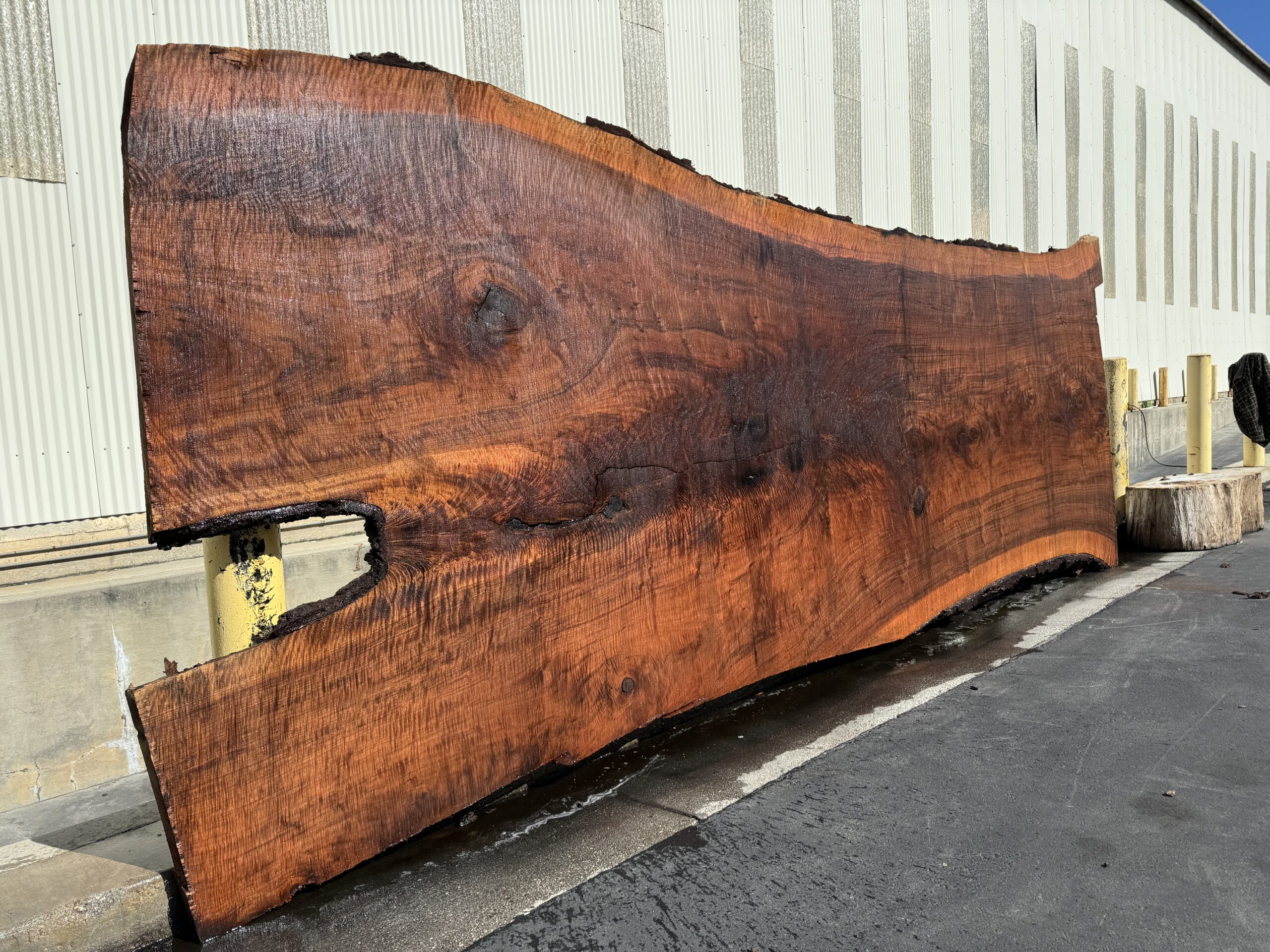
Where to Buy High-Quality Live Edge Slabs
With one of the world’s richest, most elite collections of exotic live edge slabs – all in one place – GL Veneer makes ordering slabs online easy and straightforward. Needless to say, our passion for this amazing style of wood has fueled our desire to acquire an eclectic range of beautiful species, spanning every size, shape, and color. Click the link below to view our entire live edge slab inventory.



